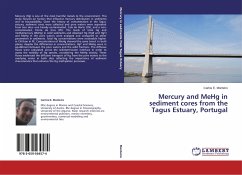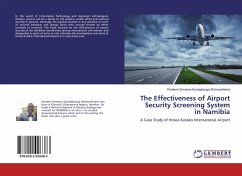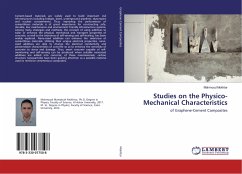Electrical stimulation via electrodes implanted in close distance to the spinal cord generates various types of lower limb muscle activities in paralyzed people. Depending on the stimulation parameters, the activities range from simple reflexes involving a single synapse to stereotyped, rhythmic flexion-extension movements implying the activation of spinal pattern generators. Here, electrophysiological data were analyzed to describe the simplest rhythmicity that can be produced by the spinal cord, i.e. series of monosynaptic reflexes with alternating amplitudes and reciprocity between antagonistic muscles. It is further elaborated how these patterns evolve from non-patterned series of monosynaptic reflexes. Hypotheses on the underlying mechanisms are then tested by biologically realistic network models. The Leaky Integrate-and-Fire model was extended by realistic time courses of postsynaptic events and implemented as a non-linear recursive algorithm simulating spatially and temporally distributed neuronal effects. The significance of the work is the demonstration that simple rhythmic behaviors can be produced by networks involving interneurons outside the spinal pattern generators.








